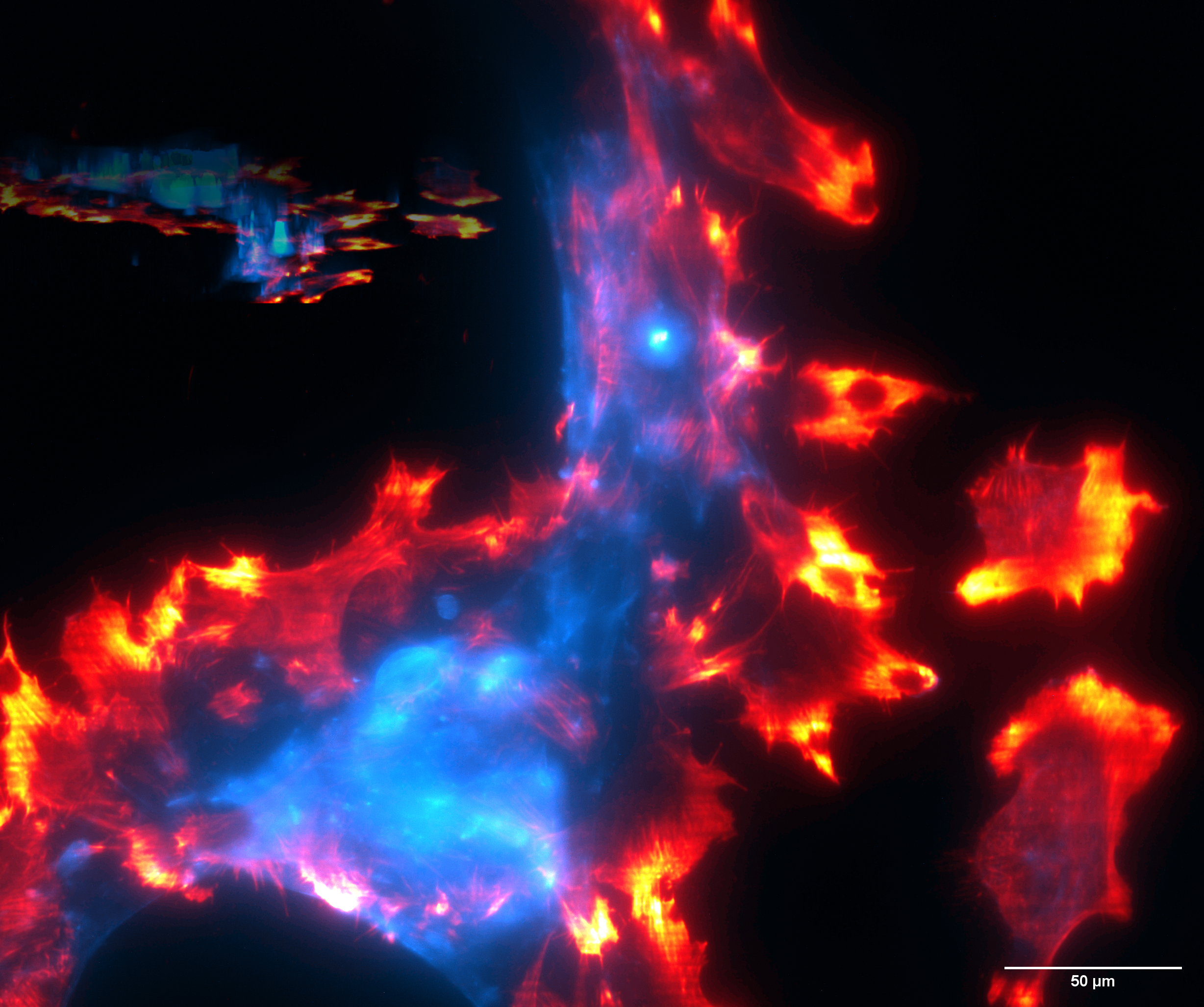Professor Clemens Kaminski Receives the 2023 Institute of Physics Rosalind Franklin Medal and Prize

CEB’s Head of Department, Professor Clemens Kaminski, has today been awarded the 2023 Institute of Physics Rosalind Franklin Medal and Prize for his ground-breaking work in optical methods applied to biological systems.
The Institute of Physics (IOP), the professional body and learned society for physics within the UK and Ireland, recognises remarkable physicists each year. This year, Professor Kaminski's innovative research, which sits at the intersection of physics, chemistry, and biology, gained recognition from the prestigious society.
Professor Kaminski has received his award for the development of optical methods to interrogate molecular mechanisms in biological systems. He has made seminal contributions in developing advanced optical methods for exploring the physics, chemistry, and biology of living systems on scales ranging from single molecules to complete organisms.
In a milestone discovery, Kaminski’s group were the first to apply the concept of optical super-resolution imaging for the study of protein misfolding reactions directly within the cell, and they were able to ‘film’, molecule by molecule, the self-assembly of Alzheimer’s disease-causing proteins into amyloid fibrils. He observed directly with such methods that amyloid growth is paused when fibril ends are capped by proteins that fold into a conformation where they do not provide the correct template for subsequent proteins to attach.
Beyond this, the team unveiled the mechanisms of protein aggregate propagation from cell to cell, shedding light on the molecular complexities of early-onset dementias. The finding is key to the understanding of amyloid formation and has medical significance: promoting capped end states, for example, with a small molecule drug, may provide a therapeutic strategy to stop amyloid growth, and thus disease progression.
Upon the announcement of this honour, Professor Kaminski expressed:
“I am thrilled to receive this award on behalf of my research group. Working with such brilliant and motivated colleagues at the interface of physics, engineering, and biology is a real privilege. It is so rewarding to make use of physics concepts to unravel molecular mechanisms of disease.”
Professor Kaminski's current research continues to break new ground, especially in the domain of intracellular machinery linked to brain diseases. Recently his group has developed high-speed super-resolution methods and machine learning algorithms to study organelle functions in living cells. They discovered that the very rapid response of the endoplasmic reticulum (ER) networks to adapt to metabolic and homeostatic change in the cell is driven by another organelle, the lysosome, which actively drags and pulls the ER network to sites of local demand.
Congratulating this year’s Award winners, Institute of Physics President, Professor Sir Keith Burnett said:
“On behalf of the Institute of Physics, I want to congratulate all of this year’s award winners. Each one has made a significant and positive impact in their profession, whether as a researcher, teacher, industrialist, technician or apprentice and I hope they are incredibly proud of their achievements. There is so much focus today on the opportunities generated by a career in physics and the potential our science has to transform our society and economy and I hope the stories of our winners will help to inspire future generations of scientists.”
Driven by curiosity. Driving change.

